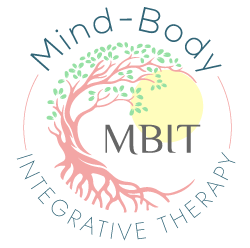The Diagnostical Statistical Manual of Mental Disorders (5th Edition) has roughly 265 different disorders listed in its content. This manual of 947 pages is filled with criteria that relate various symptoms to a variety of “disorders” such as depression, anxiety, obsessive-compulsive-related thoughts and behaviors, trauma and stressor-related disturbances, dissociative episodes, and so on.
When a person accesses mental health services through their health insurance, they are often unaware that they are labeled with a “disorder” on the very first visit. Why must someone be diagnosed with a disorder to access affordable mental health support? How does this support the de-stigmatization of mental health in the United States?
These are the ethical dilemmas that inform my decisions as a private practitioner. I refuse to work with insurance companies because I refuse to label people for seeking support. I offer an affordable rate because mental health support should be accessible to all, not just the wealthy.
Humans are created to connect; this is why babies who are never held often do not survive; we need human connection. Connecting with others, nature, and our inner world is how we restore mental health. All symptoms of any diagnosis found in the DSM 5 can be related to a breakdown in inter/intrapersonal connection. The journey of healing/navigating these connections once damaged should be viewed as sacred and valuable, not labeled and stigmatized as “disordered” by the powers that be.
Be well,
Sarah-Brooke Stiles, LCSW, PPSC.

